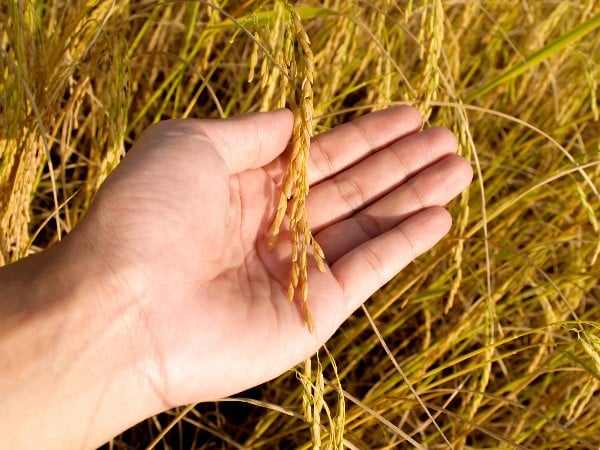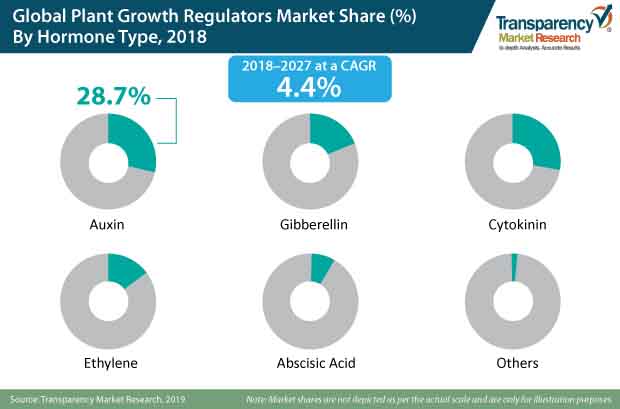Find the Top 5 Plant Growth Regulators of the Decade :The Complete Guide!
Are you looking for ways to improve the growth of your plants? Have you tried using plant growth regulators? These chemicals have become popular in recent years due to their ability to promote plant growth and development. In this article, we will be discussing the top 5 plant growth regulators and how they can help your plants reach their full potential.
Growing plants can be a challenge, especially for those with little experience in the field. Common issues include stunted growth, lack of fruiting or flowering, and susceptibility to pests and diseases. Fortunately, plant growth regulators can help address these problems and improve the overall health of your plants.
The main target of plant growth regulators is to mimic, block or enhance the action of plant hormones, which control various physiological processes. These hormones can affect growth, differentiation, metabolism, and reproduction in plants. By altering hormonal balances, plant growth regulators can stimulate growth, promote flowering, and increase crop yield.
The top 5 plant growth regulators are:
Auxins
Auxins are a group of plant hormones that promote cell elongation, root formation, and apical dominance. They are commonly used to help plants grow taller, develop healthy roots, and prevent premature fruit drop. One personal experience with auxin use involves tomato plants that were not growing well. After applying a solution of auxins, the plants began to grow faster and produce more fruit.

Cytokinins
Cytokinins are hormones that promote cell division, delay senescence, and enhance nutrient uptake. They are used to increase branching and promote the growth of lateral shoots. One personal experience with cytokinin use involves a rose bush that was not producing many blooms. After applying a solution of cytokinins, the bush produced more flowers and looked healthier overall.

Gibberellins
Gibberellins are hormones that promote stem elongation, seed germination, and fruit development. They are used to increase the size of fruits and grains and to promote faster maturation. One personal experience with gibberellin use involves a wheat field that was struggling to yield good crops. After applying a solution of gibberellins, the wheat grew taller and produced more grains per plant.

Abscisic acid
Abscisic acid is a hormone that promotes seed dormancy, plant stress response, and stomatal closure. It is used to help plants cope with drought, heat, and other environmental stressors. One personal experience with abscisic acid use involves a garden where the soil was very dry. After applying a solution of abscisic acid, the plants were able to survive the dry period without suffering any significant harm.

Ethylene
Ethylene is a hormone that promotes fruit ripening, seed germination, and root growth. It is used to hasten the ripening of fruits and to promote faster germination of seeds. One personal experience with ethylene use involves a mango tree that was taking a long time to produce ripe fruit. After applying a solution of ethylene, the mangoes ripened much faster and had a sweeter taste.

More on Auxins
Auxins are involved in several plant growth processes, including apical dominance, phototropism, gravitropism, and adventitious root formation. Apical dominance is the phenomenon where the main shoot inhibits the growth of lateral shoots by producing high concentrations of auxins. Phototropism and gravitropism involve the bending of plants towards a light source or the ground, respectively, due to differential distribution of auxins. Adventitious root formation refers to the growth of roots from non-root tissues.
More on Cytokinins
Cytokinins are involved in several plant growth processes, including cell division, shoot and root growth, and stress response. In addition to promoting lateral shoot growth, cytokinins have been found to delay leaf senescence and increase tolerance to environmental stressors such as drought and salinity. Cytokinins are also used in tissue culture to induce the formation of shoot buds from plant tissue.
Frequently Asked Questions (FAQ)
Q. Are plant growth regulators safe for human consumption?
A. Yes, plant growth regulators are safe for human consumption when used according to recommended guidelines. However, it is important to follow safety precautions and avoid direct contact with the chemicals.
Q. Can plant growth regulators be used on all types of plants?
A. No, plant growth regulators should only be used on plants for which they are labeled. Some plants may be sensitive to certain chemicals or may require different dosages.
Q. How often should plant growth regulators be applied?
A. The frequency of application will depend on the specific chemical and the plant's growth stage. Always follow the instructions on the label and do not exceed the recommended dosage.
Q. Can plant growth regulators harm the environment?
A. Yes, plant growth regulators can harm the environment if misused or overused. Always follow proper disposal guidelines and avoid applying the chemicals near water bodies or sensitive ecosystems.
Conclusion of top 5 plant growth regulators
Plant growth regulators are powerful tools that can help improve the growth and development of plants. The top 5 regulators discussed in this article are auxins, cytokinins, gibberellins, abscisic acid, and ethylene. By using these chemicals appropriately, you can achieve better yields, healthier plants, and more enjoyment from your gardening efforts.
Inspiration for You
Plant Growth Regulators (PGRs): Types, Uses And Safety – Nova Science

Photo Credit by: bing.com / regulators pgrs
Plant Growth Regulators Pocket Reference - Floriculture & Greenhouse

Photo Credit by: bing.com / growth regulators plant pocket reference msu greenhouse floriculture production crop extension purdue categories
Plant Growth Regulators At Rs 2500/ton | Redhills | Chennai| ID: 4689347962

Photo Credit by: bing.com / regulators
Plant Growth Promoters, Hormones, Regulators | Agri Farming

Photo Credit by: bing.com / rice plant growth myanmar regulators paddy promoters production hormones crop farming field gold wheat holding hand culture asian dry farm
Plant Growth Regulators Market To Reach Over US$ 1 Bn By 2027

Photo Credit by: bing.com / plant growth regulators market global shifting gardening surge towards focus sales house

Post a Comment for "Find the Top 5 Plant Growth Regulators of the Decade :The Complete Guide!"